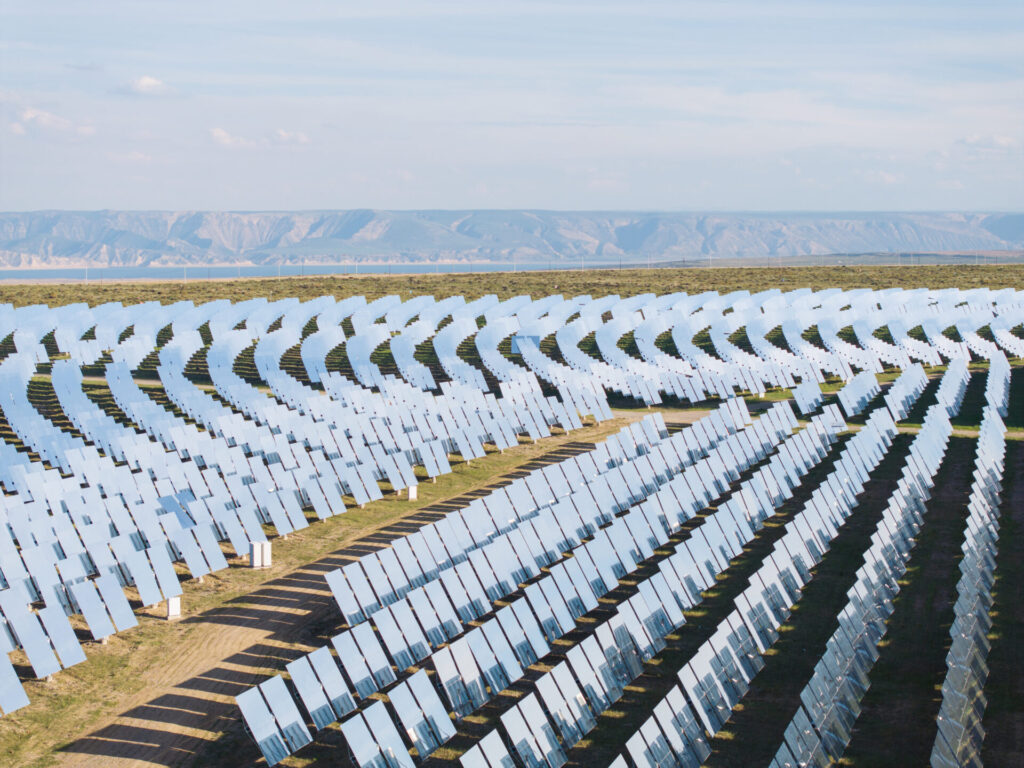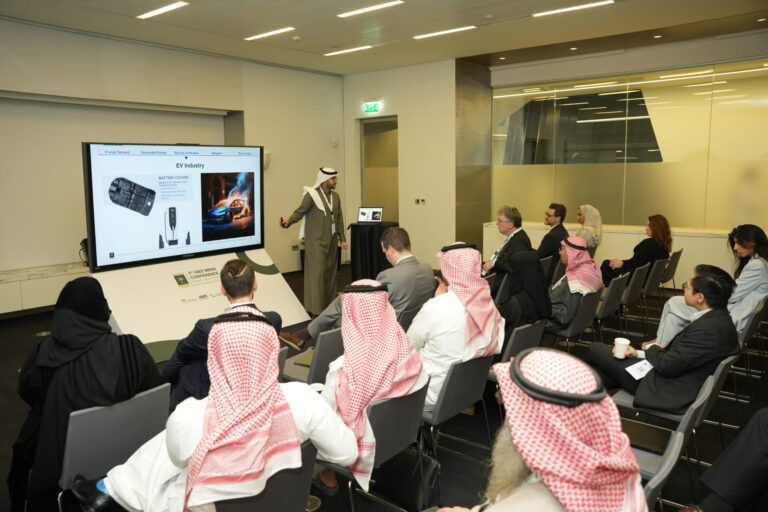Climate change is projected to increase the likelihood of heatwaves and droughts, while rising sea levels and intense storms will put those on the coast at risk. These changes in extreme weather patterns will affect agriculture, damage buildings and infrastructure, and potentially lead to mass migration. While there is an urgent need to tackle the causes of these changes, the move away from carbon-based energy sources was always thought to be too expensive.
Now, research by Olivier Durand-Lasserve, acting executive director of KAPSARC’s Energy Macro and Microeconomics Department, finds growing evidence of long-term financial benefit from investing in technologies that support the move to net zero—using energy sources with dramatically reduced carbon emissions, with the balance taken up through carbon capture and storage.
Assessing Saudi Arabia’s net-zero challenge
The Middle East is particularly at risk from the impacts of climate change. It’s already hot and arid, which means it requires more energy to stay cool and produce drinkable water. While climate change is likely to make this worse, the Kingdom also has great potential: sunny days are perfect for solar power and hydrogen generation.
In 2021, Saudi Arabia announced a raft of pledges aimed at steering the country toward reaching net zero by 2060. Key questions remain about how best to deliver on this promise and which route would be the least risky and expensive. Durand-Lasserve’s report plots possible net-zero emissions trajectories for Saudi Arabia and analyzes their expected economic consequences, as well as exploring the broader challenges of reducing emissions in an oil-reliant economy.
“I wanted to describe what net zero could look like in Saudi Arabia. What would the path be to reduce emissions? What would be the technologies used and what would be the impact on the non-oil sector?” explains Durand-Lasserve. “I also wanted to understand how much the future of energy in Saudi Arabia depends on the choices made in the Kingdom, and how much depends on the future of global oil demand and the global oil market.”
KAPSARC’s net-zero scenarios project
A drastic transformation of the energy sector.
Power generation becomes carbon-neutral by 2045 thanks to renewable, gas with CCS, and nuclear technology.
Electricity and clean hydrogen represent two-thirds of the energy consumption of the transportation sectors by 2060.
Abatement in industry occurs due to fuel switching, clean hydrogen, and a large deployment of CCS.
DAC emerges as a new energy-intensive technology. By 2060, it consumes the equivalent of 25%.
A model future
Durand-Lasserve built a large mathematical model comprising approximately 25,000 equations representing market fundamentals, or the factors that influence the production, consumption, and utilization of different types of energy. It also represents the non-energy sectors of the economy. The large amount of data needed to build the model was collected from various sources that are publicly available.
The model projects CO2 emissions and economic growth under a Saudi economy in a baseline scenario with limited climate action. More interestingly, the model can project future emissions, energy, and economic outcomes that would result from a very disruptive policy shock, such as implementing the net-zero target.
In his ‘no-policy’ scenario, Durand-Lasserve assumed the Saudi energy sector continued under the status quo. In particular, energy prices are fixed by the government, which does not incentivize consumers to save fuel. The second scenario assumed a limited policy action to mitigate CO2 emissions. It consists of deregulating domestic energy prices that adjust upward to the international level, resulting in reduced domestic energy demand and emissions. The third scenario represents net-zero emission by imposing an annual cap on the amount of carbon dioxide released, and this cap scales down to zero by 2060.

The model explores various options to determine which technologies should be deployed, and it also computes how much financial support should be given to different technologies.
The model assessed the lowest cost mix of technologies and attempted to represent the incentives that might be needed to reach net zero, including adjusting energy and carbon prices. “Generally, I attempted to make scenarios that are coherent with rational economic choice, where agents make decisions based on the available technology options and their costs,” explains Durand-Lasserve. “I also represented the system of administered domestic energy prices as it exists today in Saudi Arabia.”
Technology investment
Achieving net zero requires considerable energy efficiency gain, an early transition to a net-zero electricity system before 2050, and a transformation of transportation sectors with hydrogen and electrification. To achieve this requires investment in even more costly and complex technology.
“One key factor will be the ability to scale up carbon capture technologies,” Durand-Lasserve adds. “These technologies can be very important in the Kingdom. But they are not yet mature, and there is large uncertainty about their cost, discouraging investors.”
Assessing this risk is Durand- Lasserve’s next step. “By including uncertainty in the analysis, I would like to see what policy may help the Kingdom hedge against the risk that some technologies are more costly or take longer to deploy than expected.”
Understanding and even predicting these unexpected bumps in the road is crucial. The move to net zero is not just about saving the planet, but about building a more prosperous and resilient future, and many nations, including Saudi Arabia, have already begun the transition.
Reference
1. Durand-Lasserve, O. Net zero emissions in Saudi Arabia by 2060: Least-cost pathways, influence of international oil price, and economic consequences. KAPSARC, 2023. | Article




